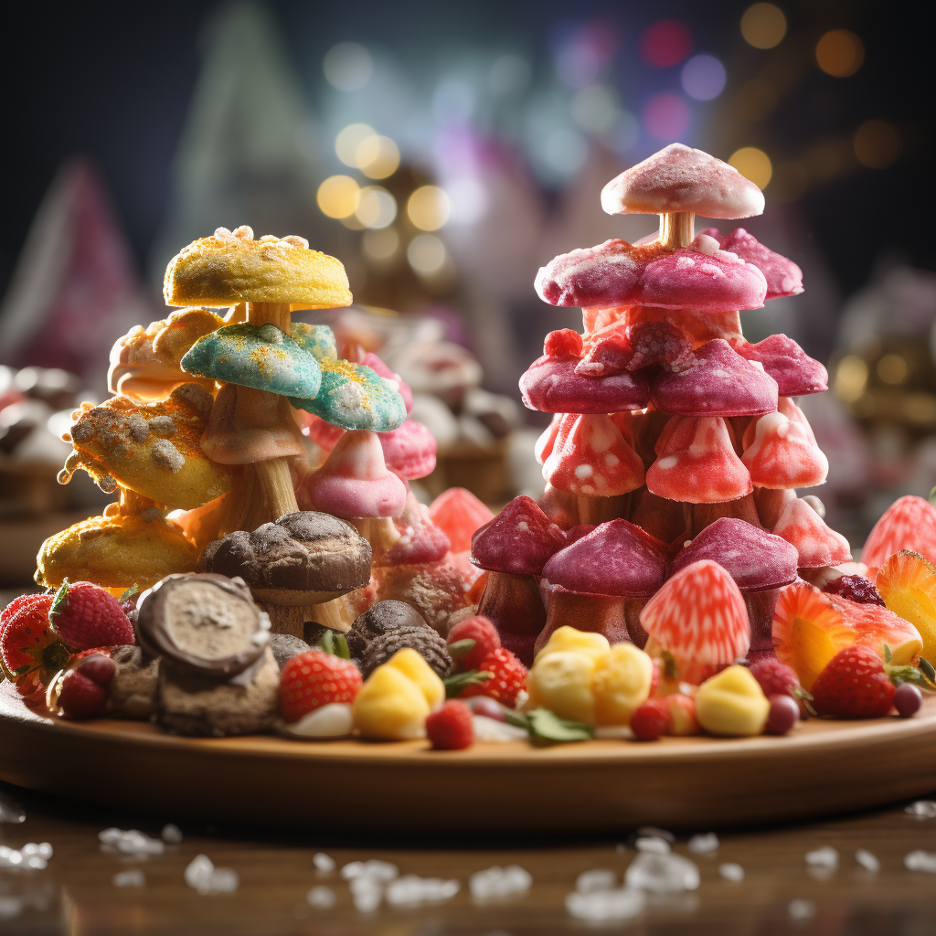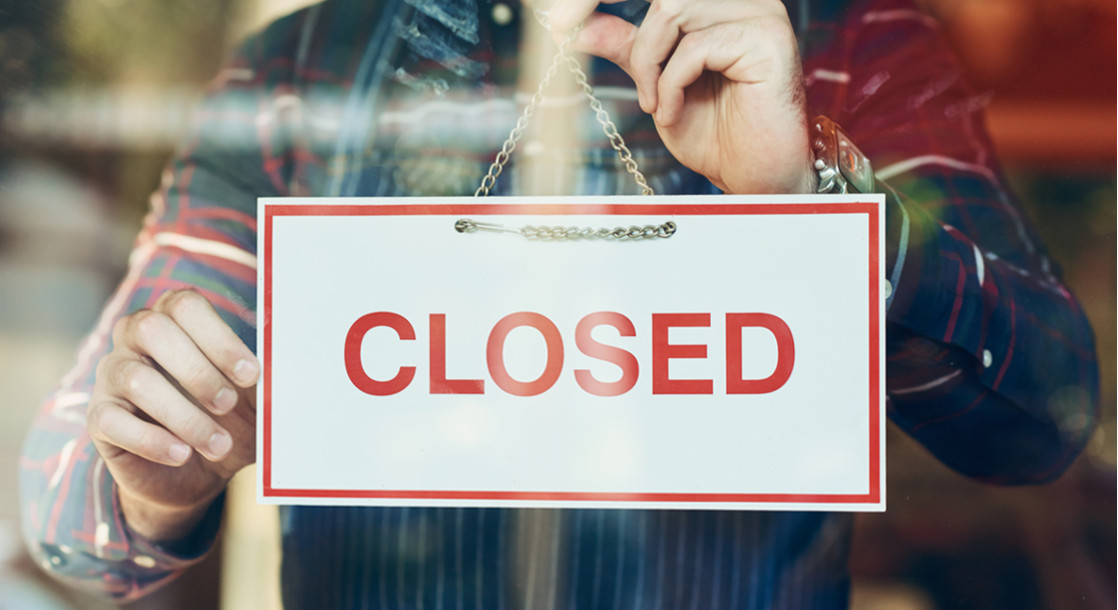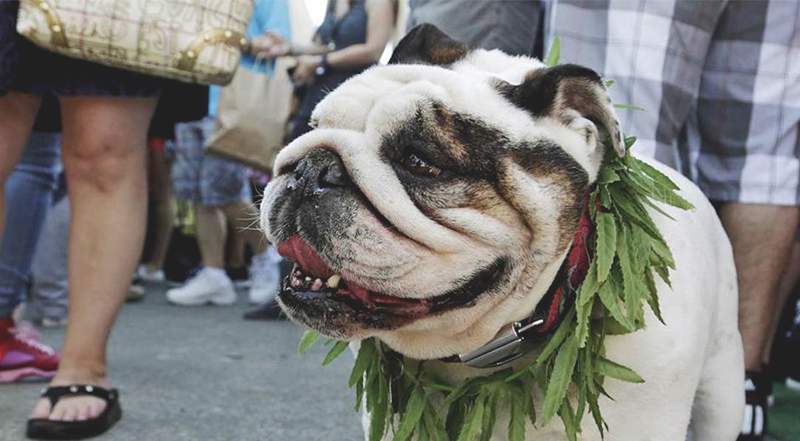Cannabis edibles have evolved, offering a plethora of options for those seeking a more subdued and gourmet experience with cannabis. Ranging from gummies to baked goods, these ‘edible’ forms of cannabis are becoming an increasingly popular choice for both medicinal and recreational consumers. However, one pivotal factor that distinguishes cannabis edibles from other consumable forms is their varied “time for effect”.
Manufacturing Process:
The production of cannabis edibles involves infusing food items with cannabinoids extracted from the cannabis plant. The extraction process often involves the use of solvents like CO2 or ethanol to obtain cannabis oils. These oils are then incorporated into various food products, ensuring a uniform distribution of cannabinoids, enabling consistent dosage.
Types of Cannabis Edibles:
Cannabis edibles are broadly categorized into three types – beverages, solid foods, and tinctures. Solid foods like brownies, cookies, and gummies are the most common, whereas cannabis-infused drinks and tinctures offer more versatility in consumption methods.
Time for Effect:
Cannabis edibles exhibit a profound difference in onset time compared to inhalation. While smoking or vaping offers immediate effects, edibles can take anywhere from 30 minutes to 2 hours to manifest noticeable effects due to the digestive process involved. This delayed onset can lead to overconsumption, as users might ingest more thinking they haven’t consumed enough.
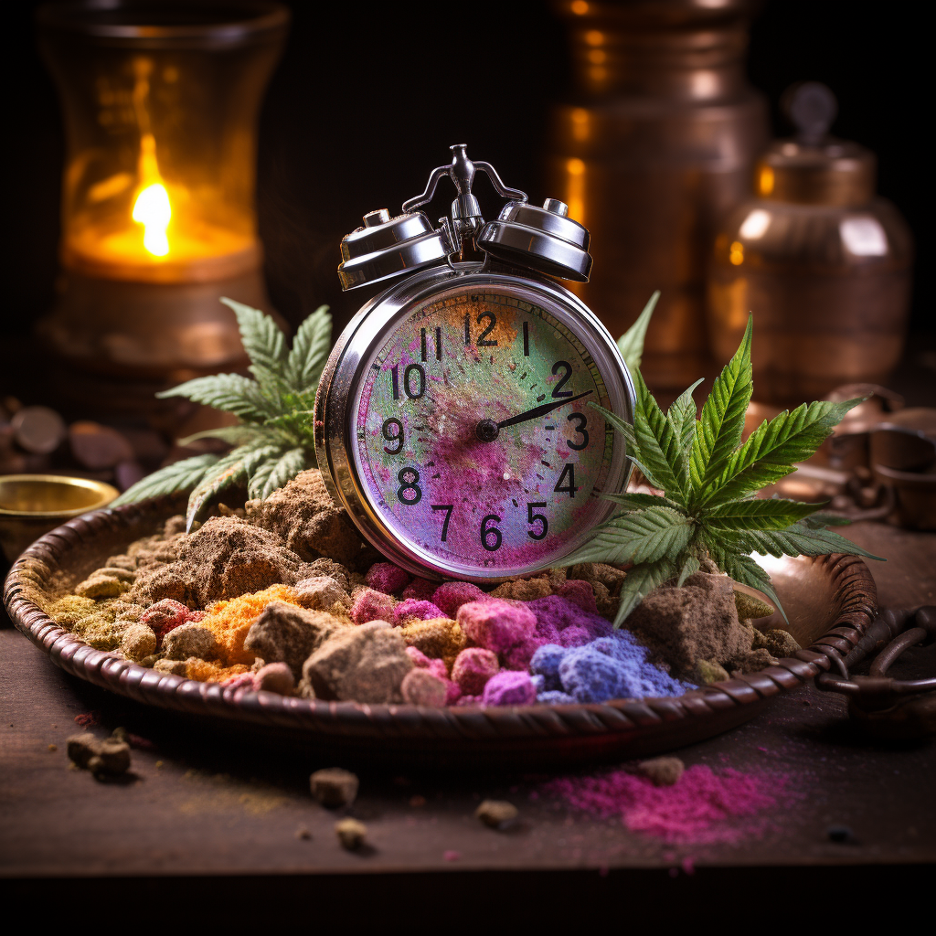
Comparison to Shrooms:
Comparing cannabis edibles to consuming shrooms, i.e., psilocybin mushrooms, is like comparing apples to oranges. Though both are ingestible and psychoactive, they produce different psychiatric effects. Cannabis edibles typically elicit relaxation, euphoria, altered perception of time, and sometimes anxiety or paranoia, whereas shrooms can induce more profound alterations in perception, mood, and thought, leading to hallucinatory experiences.
Mouthwatering Imaginations:
Creating edibles with substances like marijuana and magic mushrooms involves different processes due to their distinct properties and legal statuses.
Extraction Process:
- Weed: The psychoactive compounds in marijuana, primarily THC, need to be extracted and activated through a process called decarboxylation. This typically involves heating the marijuana.
- Magic Mushrooms: Psilocybin, the psychoactive compound in magic mushrooms, doesn’t require decarboxylation. However, some people may cook or bake them to incorporate them into edibles.
Dosage:
- Weed: Dosage can be somewhat controlled through the concentration of THC in the marijuana strain used and the amount of marijuana used in the edible.
- Magic Mushrooms: Dosage with magic mushrooms can be more unpredictable due to variations in psilocybin concentration.
Legality:
- Weed: Marijuana’s legality varies significantly around the world and within the United States, where some states have legalized its use to varying degrees.
- Magic Mushrooms: Magic mushrooms are illegal in many places, though some locales have decriminalized their use or possession.
Effects:
- Weed: The effects of marijuana edibles can be long-lasting and may include euphoria, relaxation, and altered perception.
- Magic Mushrooms: Magic mushroom edibles can cause hallucinations, altered perception, and a range of other psychological effects.
- Preparation:
- Weed: Marijuana needs to be mixed with a fat, like butter or oil, as THC is fat-soluble.
- Magic Mushrooms: Magic mushrooms can be dried and ground into a powder, which can then be added to food or encapsulated.
Safety First:
- Both substances can have adverse effects, particularly when taken in high doses or mixed with other substances. The safety and risks associated with creating and consuming edibles made from these substances should be thoroughly understood, and legal guidelines should always be followed.
Testing and Potency:
- It’s often easier to find tested and labeled marijuana edibles in places where they’re legal, making dosage clearer. Conversely, the potency and purity of magic mushrooms can be more uncertain, making the dosing more unpredictable.
Yummy History:
Cannabis edibles have a long history, with the first recorded use dating back to ancient India and China. However, it was the 1960s when they gained prominence in Western culture, notably through the introduction of “brownie Mary” in San Francisco. The legalization wave starting in the 2000s significantly boosted the market, with many US states and countries legalizing medicinal and recreational use, fostering innovations in edible products.
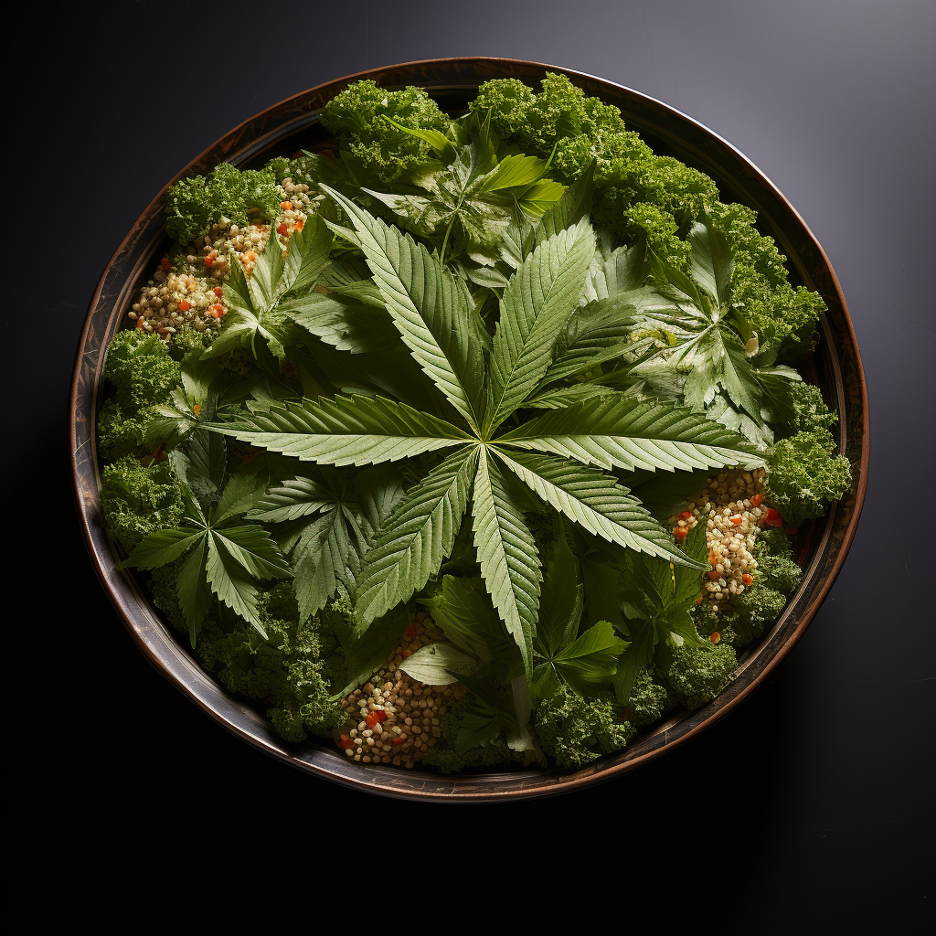
Vibes:
The public sentiment towards cannabis edibles has significantly warmed up in recent years. Aided by legalization and clinical research demonstrating the therapeutic benefits of cannabis, edibles are no longer viewed with the same level of skepticism and stigma as before. However, responsible consumption is important to prevent unintended consequences due to delayed time for effect. Novel products like cannabis-infused gourmet foods and beverages are particularly gaining traction, highlighting a growing market segment seeking more sophisticated and diversified edible options.
Wrap It Up:
Cannabis edibles are a versatile and increasingly popular means of consuming cannabis. From their manufacturing process to the diverse array of available types, edibles offer a different dimension to cannabis consumption, marked by a unique time for effect. Though fundamentally different from consuming substances like shrooms, cannabis edibles have carved a niche for themselves, driven by evolving public sentiment and a rich history of use and development. As the industry continues to expand and innovate, edibles stand out as a gourmet and nuanced option for those exploring the multifaceted world of cannabis.
While the allure of cannabis edibles grows, remembering the importance of dosage and time for effect is crucial to ensuring a safe and enjoyable experience. Always start with a lower dose and patiently wait for the effects to kick in before considering consuming more. The realm of cannabis edibles is brimming with possibilities, merging culinary arts with ancient herb, painting a canvas rich in flavors, forms, and experiences.


